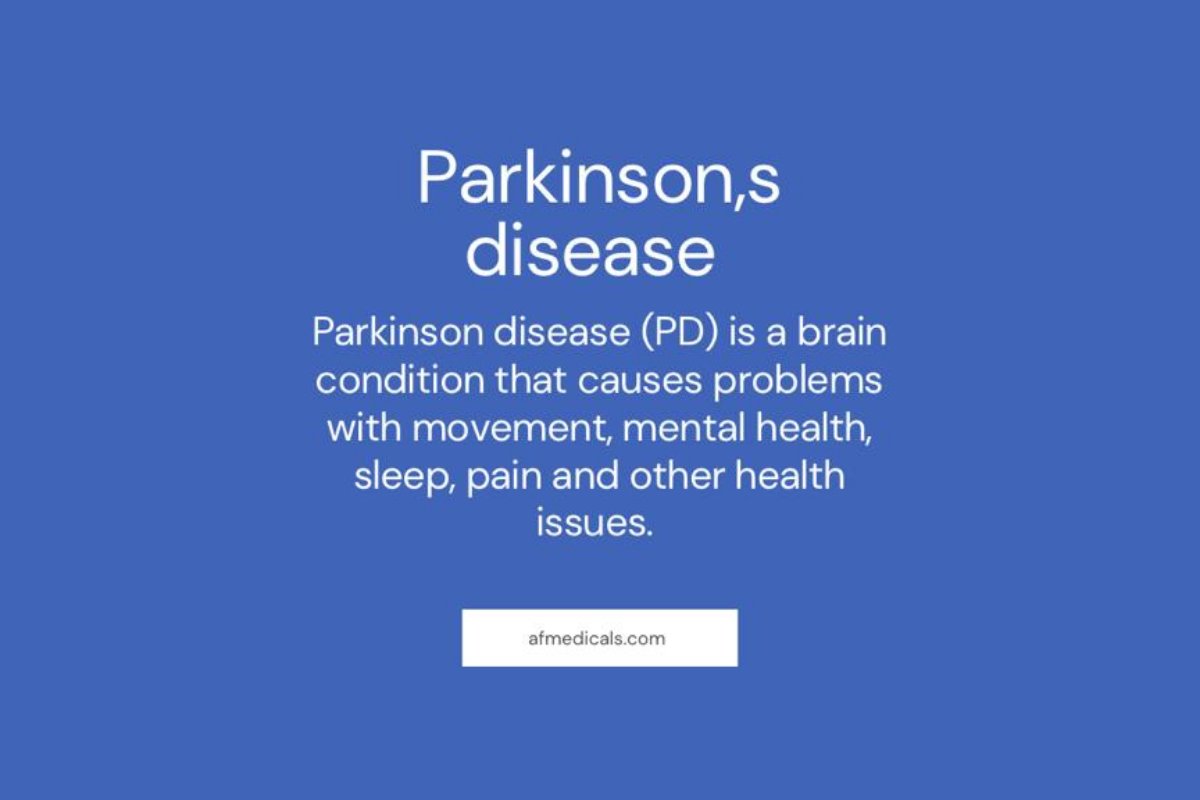Parkinson’s Disease Unveiled: History and Progress:
Parkinson’s Disease Unveiled: History and Progress:
Parkinson’s disease (PD) may be a neurodegenerative clutter that fundamentally impacts the elderly, in show disdain toward of the reality that it can happen in more young individuals.This infection continuously disables engine capacities, leading to serious physical restrictions over time. In spite of continuous inquiry, Parkinson’s remains a challenge in both diagnosis and treatment. This article focuses to an seriously chart of Parkinson’s sickness, jumping into its history, causes, side impacts, definite procedures, treatment choices, and the impact it has on patients’ lives.
Table of Contents
- Introduction
- History of Parkinson’s Disease
- Understanding Parkinson’s Disease
- Causes
- Risk Factors
- Symptoms of Parkinson’s Disease
- Motor Symptoms
- Non-Motor Symptoms
- Diagnosing Parkinson’s Disease
- Treatment Options
- Medication
- Surgical Options
- Physical Therapy and Rehabilitation
- Managing Life with Parkinson’s Disease
- Daily Life and Adaptations
- Support Systems
- Future Directions in Research
Introduction
Parkinson’s disease (PD) may be a long-term degenerative clutter of the central nervous system that basically influences the engine framework. The side effects more often than not rise gradually, and as the disease advances, non-motor side effects become more common. This condition altogether impacts patients’ quality of life, making it a basic area to think about and investigate.
History of Parkinson’s Disease
The disease is named after James Parkinson, the London pro who, to start with, portrayed the condition as “the shaking loss of motion” in 1817. Be that since it may, it was since it were interior the 1960s that the need of dopamine interior the brains of Parkinson’s patients was recognized, revolutionizing the treatment of the sickness with the presentation of Levodopa.
Understanding Parkinson’s Disease
Causes:
The exact causes of Parkinson’s ailment are still by and large cloud.In any case, it is caught on to include a combination of hereditary and natural variables. The loss of dopamine-producing cells within the brain could be a trademark of the illness, but why these cells start to break down remains a secret.
Risk Factors:
A few chance variables have been recognized, counting age, with the larger part of individuals analyzed after the age of 60, and sex, with men being more likely to create PD than ladies. Genetic slants and presentation to certain common harms too play a portion.
Symptoms of Parkinson’s Disease
Motor Symptoms:
- Tremor: A shaking which regularly starts in a appendage, frequently the hand or fingers.
- Slowed movement (Bradykinesia): Over time, Parkinson’s may moderate development, making straightforward assignments troublesome and time-consuming.
- Rigid muscles: Muscle solidness can happen in any portion of the body.
- Impaired posture and balance: Posture may become stooped, or balance may be affected.
Non-Motor Symptoms:
- Sensory changes: Loss of smell, pain, and other sensory issues.
- Cognitive impairments: Slow thinking, memory difficulties, and confusion in the later stages.
- Mood disorders: Depression and anxiety.
- Sleep problems: A sleeping disorder, waking up as often as possible all through the night, and falling snoozing amid the day.
Diagnosing Parkinson’s Disease
There’s no particular test for Parkinson’s. The conclusion is based on a therapeutic history, an audit of side effects, and a neurological examination. Some of the time, imaging tests like MRI, ultrasound of the brain, and PET checks are utilized to show out other disorders.
Treatment Options
Medication:
Solutions can offer assistance oversee issues with strolling, development, and tremor by expanding or substituting for dopamine.
- Levodopa: The most effective Parkinson’s drug, which the brain converts into dopamine.
- Dopamine agonists: Mimic dopamine effects in the brain.
- MAO-B inhibitors: Offer assistance avoid the breakdown of brain dopamine by hindering the protein monoamine oxidase B.
Surgical Options:
- Deep Brain Stimulation (DBS): For patients who don’t react satisfactorily to medicines, terminals are embedded in certain parts of their brain.
Physical Therapy and Rehabilitation:
Physical treatment can offer assistance make strides portability, adaptability, and adjust. Word related treatment and speech-language pathology can moreover be advantageous.
Managing Life with Parkinson’s Disease
Living with Parkinson’s requires alterations in day-to-day living, adapting methodologies, and a solid bolster. From adjusting the living space to encourage less demanding development to locking in standard workouts, numerous techniques can offer assistance in overseeing the disease’s effects on everyday life.
Future Directions in Research
Current research centers on understanding the causes of PD, creating modern and more viable medications, and, eventually, finding a remedy. Ponders on hereditary markers, natural variables, and inventive treatments are progressing.





